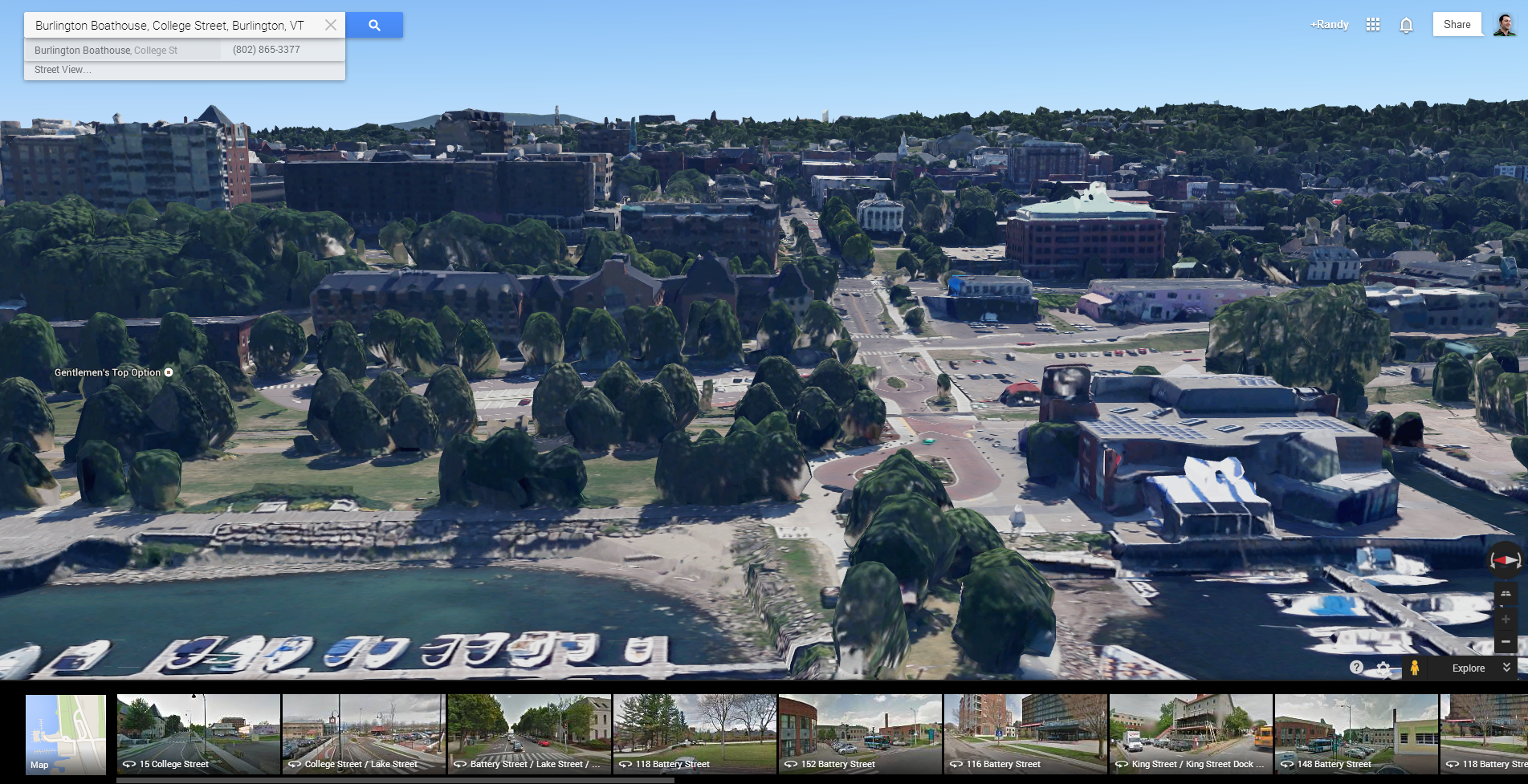

Through a patchwork process, Google pieces hundreds of these images together to create a digital quilt that depicts Earth’s evolution over the decades.

Google obtains its extensive satellite imagery through close relationships with NASA, the United States Geological Survey (USGS) Landsat program, and the European Union’s Copernicus program. Thanks to new imagery added Tuesday, Google Earth users can now use the Timelapse feature to watch the planet morph between 19. While many of us use it to satiate casual curiosities or gear up for our next round of GeoGuessr, its massive troves of data and satellite imagery offer awe-inspiring insights into regional topography, urban sprawl, glacier coverage, and more.


 0 kommentar(er)
0 kommentar(er)
